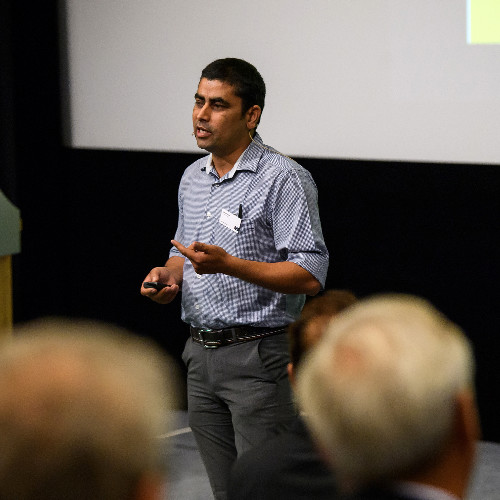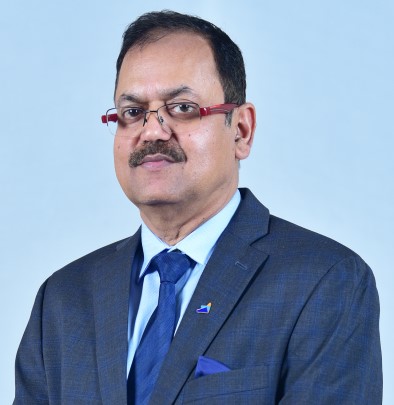PAHAL – from “Discard” to Cherished Success
 by Lokesh Singh, Manoj Sharma and Mukesh Sadana
by Lokesh Singh, Manoj Sharma and Mukesh Sadana Aug 8, 2015
Aug 8, 2015 1 min
1 min
India is a social welfare state. Rs. 2,700 billion (US$43 billion) have been allocated for subsidies in FY 2015-16. The enormous scale and the sheer number of people involved in the logistics of ferrying food grains, cooking gas and a host of other commodities across the country leads to “leakages”.To achieve the dual objectives of: […]
India is a social welfare state. Rs. 2,700 billion (US$43 billion) have been allocated for subsidies in FY 2015-16. The enormous scale and the sheer number of people involved in the logistics of ferrying food grains, cooking gas and a host of other commodities across the country leads to “leakages”.To achieve the dual objectives of: i) limiting subsidy outlay through de-duplication; and ii) achieving efficiency in payment transfers, the Government of India announced its ambitious “Direct Benefit Transfer” programme on 1st January 2013. The current government decided to re-launch the programme with slight changes. DBTL in its modified form, called the “Modified DBTL (MDBTL)” – more popularly known as PAHAL, was launched on 15th November 2014. Given MicroSave’s experience in direct benefit transfers, it was a natural outcome that MicroSave was the partner of the Ministry of Petroleum and Natural Gas (M0PNG) as the latter re-launched and rolled-out MDBTL. Basis huge success of PAHAL, the government has a template that it is eager to replicate. We hope, and expect to see the successful roll out of DBT for other G2P programmes.



Leave comments